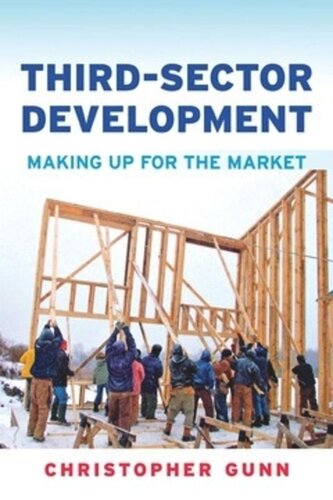

Most ebook files are in PDF format, so you can easily read them using various software such as Foxit Reader or directly on the Google Chrome browser.
Some ebook files are released by publishers in other formats such as .awz, .mobi, .epub, .fb2, etc. You may need to install specific software to read these formats on mobile/PC, such as Calibre.
Please read the tutorial at this link: https://ebookbell.com/faq
We offer FREE conversion to the popular formats you request; however, this may take some time. Therefore, right after payment, please email us, and we will try to provide the service as quickly as possible.
For some exceptional file formats or broken links (if any), please refrain from opening any disputes. Instead, email us first, and we will try to assist within a maximum of 6 hours.
EbookBell Team

4.8
14 reviewsNonprofit corporations, cooperatives, and credit unions constitute an alternative avenue of hope and action for communities that have come up short in the normal operation of the market economy. These organizations comprise the third sector, which accounts for approximately 10 percent of U.S. economic activity. As part of the fastest growing sector in the economy, these dynamic organizations play an increasing role in strengthening local economies. In the United States, they help to compensate for a state that is, in Gunn's view, relatively disengaged from meeting basic human needs. This book helps move thinking about the third sector beyond traditional nonprofits centered on education, health care, and charity, and into the realm of often smaller, dynamic organizations that engage in collective entrepreneurship. Throughout, Gunn illustrates how organizations founded with little in the way of financial resources have made substantial contributions to economic development and general well-being in the communities they serve and from which they arise. After explaining why local development is a problem in such a wealthy and resource-rich country as the United States, Christopher Gunn profiles more than two dozen organizations ranging from child-care cooperatives to retirement communities, from co-housing "villages" to financial institutions. He also investigates public-policy changes that could strengthen this alternative sector's contribution to economic development.